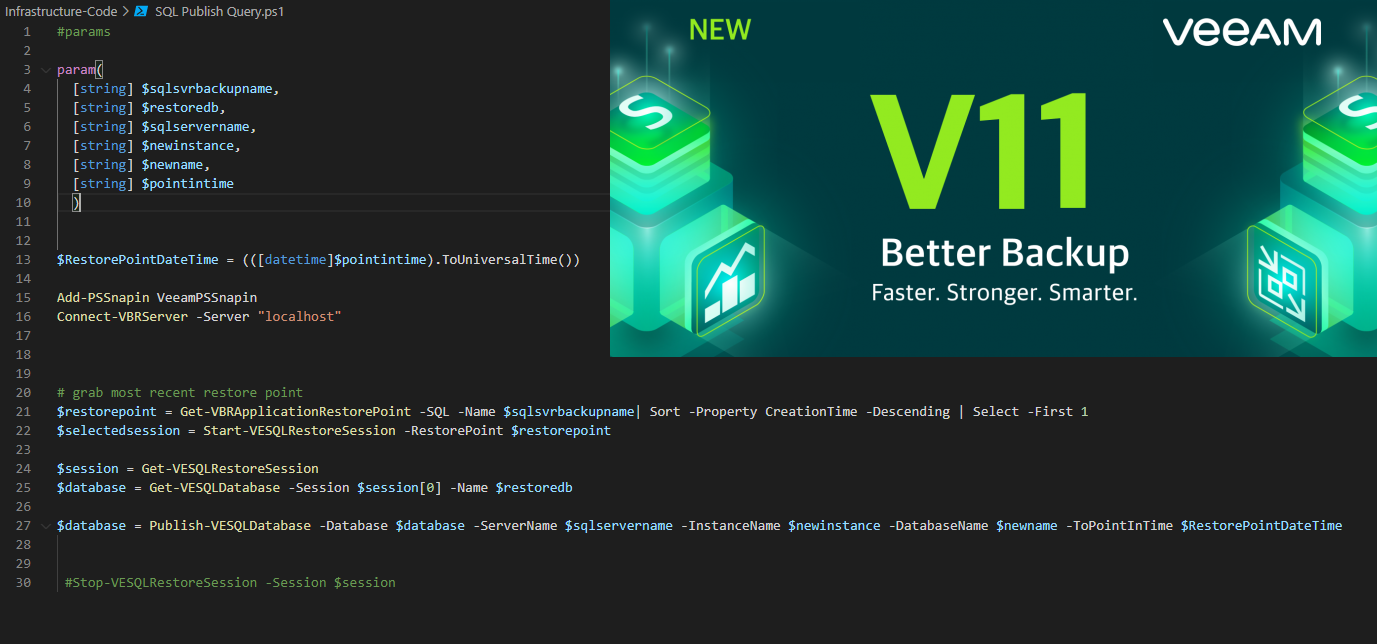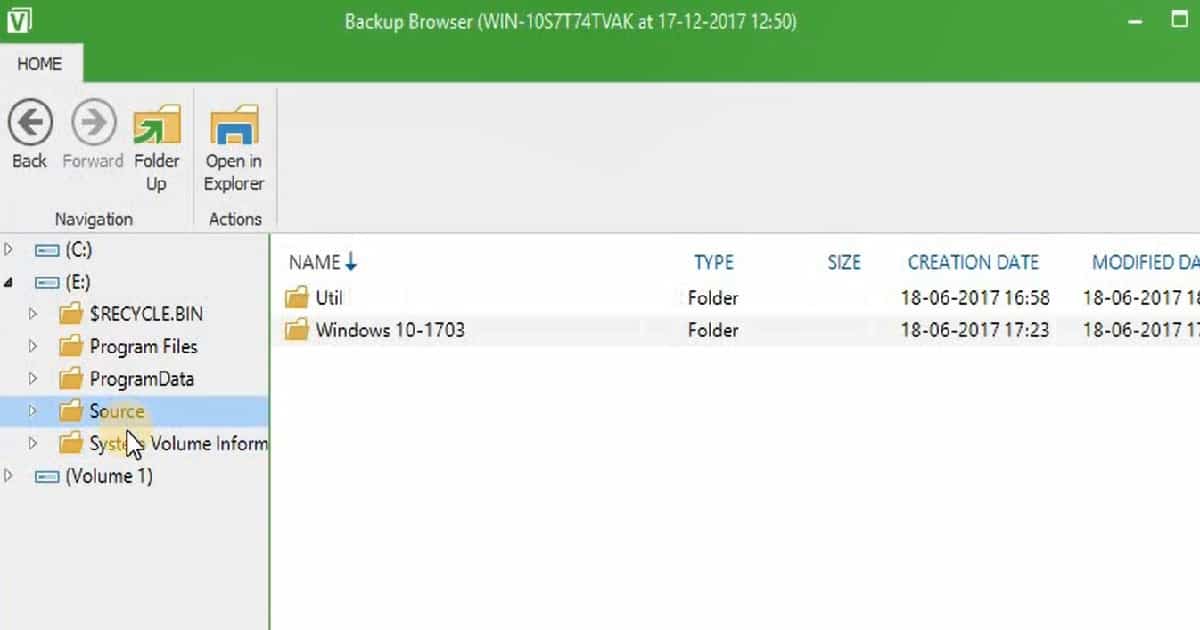

On the the Restore Point step, select the restore point that matches the data you are looking for.This assumes that you have completed steps 1-6 above.

#Veeam backup restore how to#
This section will continue to cover how to restore files using Veeam.
#Veeam backup restore password#
On the Credentials step, input the username and password used to login to the HostDIme Veeam Service Provider Console ( ).The port should be left to the default of 6180. On the step Service Provider, input (if you are using our service).On the step Remote Storage/Network Storage, select Veeam Cloud Connect repository and press Next.On the step Backup Location, select Network storage and press Next.Access the system where data is being restored to and run the Veeam File Level Restore or Volume Restore application depending on what type of backup of you wish to restore.This will be written assuming that you are saving backups to a Cloud Connect repository such as the one we provide, but the same general process can be followed to restore data from a network share or backup repository. VEEAM supports VMware and Hyper-V virtualization infrastructures, in addition to all guest OS supported by VMware and Hyper-V.This guide will be covering how to restore files and volumes/filesystems on a system covered by the backup agent.For example you can restore a specific user account or a DNS record in Microsoft Active Directory environment. VEEAM Explorer for (Microsoft Active Directory, Microsoft Exchange, Microsoft SharePoint, Microsoft SQL server, Oracle, Storage Snapshots): Allows us to restore specific objects related to the supported services.Instant file-level recovery: The ability to restore a specific file without restoring the whole machine.Instant VM recovery: The ability to run the VM from the backup repository when something wrong happens while working in the background to recover the machine on the hypervisor.Built-in Wan Acceleration: This feature is essential when implementing backup or replication to other sites, as it will accelerate the copy process through your wan connection.Sure Backup: When VEEAM takes a backup for a virtual machine it runs this machine in the backup repository in order to make sure the operating system is working in addition to other required VMware tools, then it sends a report of surly successful backup.VEEAM cloud connect: This feature allows us to backup our cloud infrastructure to local servers.Scale-out backup repository: In case wee need to increase the capacity of the backup repository, this feature gives us the possibility of combining more than one repository distributed in more than one server to form one repository.Backup from storage snapshots: VEEAM can take backup from the snapshots stored in the SAN storage which is faster than dealing with the hypervisor.Image-level VM backups: VEEAM takes backup of the whole machine and it allows us to restore the whole virtual machine on the same server or other servers.Deduplication and Compression: Similar blocs reduced with the help of pointers to reduce duplication in addition to apply compression in order to minimize the backup file size.Agentless: VEEAM doesn't need any client to be installed on the target machine, but rather it communicates with VMware ESXI hypervisor through APIs in order to perform virtual machine backup and restoration.In this article I explain many features make VEEAM my first choice to implement backup solutions.


 0 kommentar(er)
0 kommentar(er)
